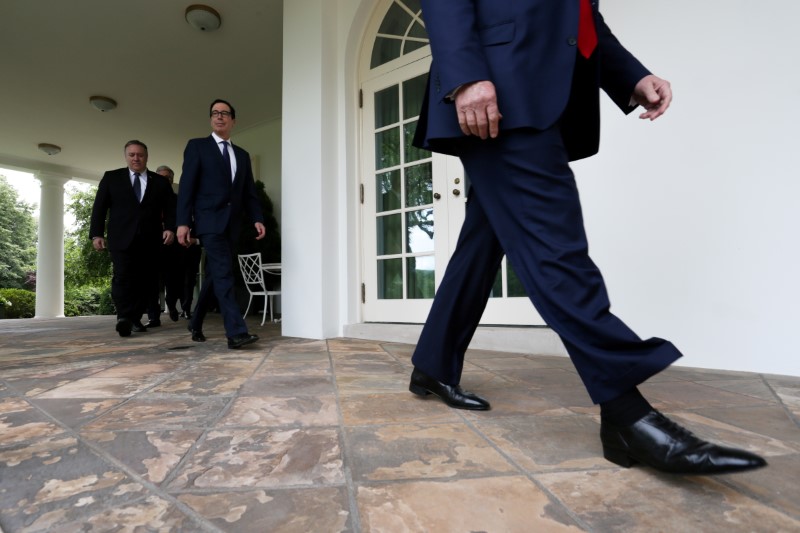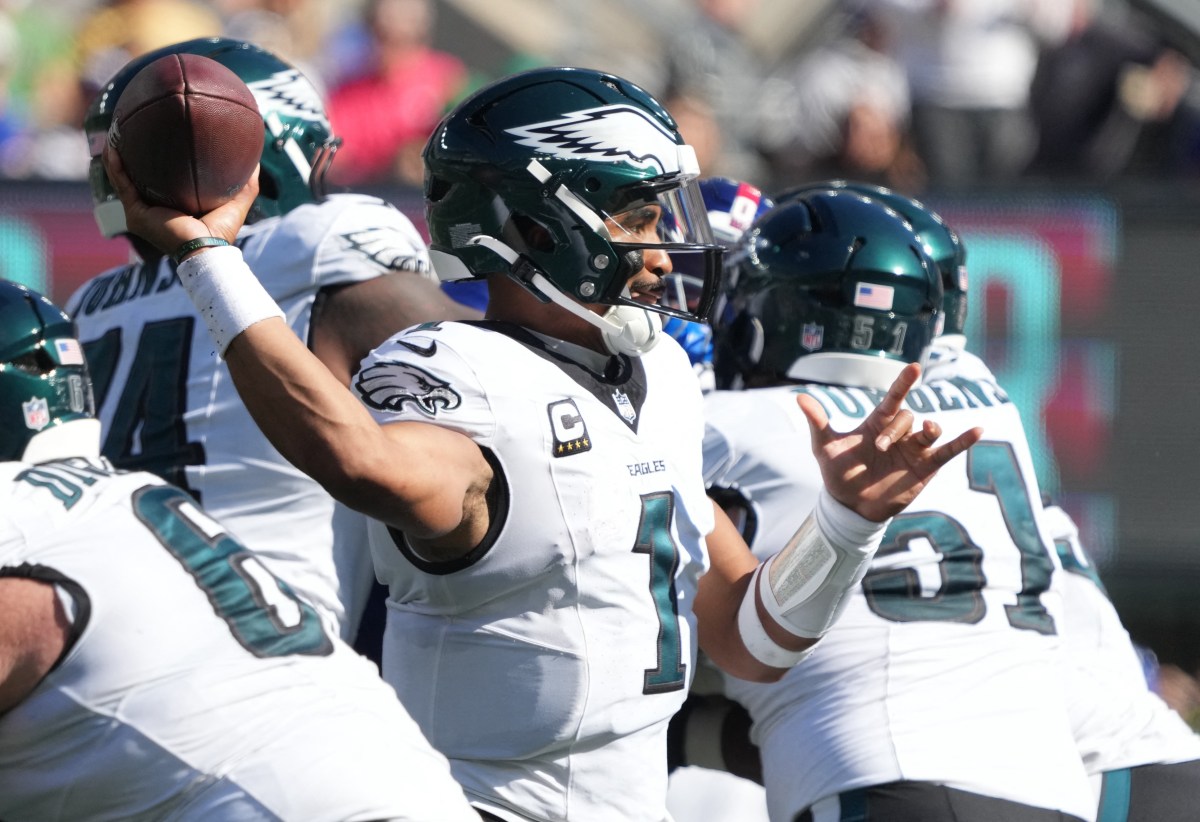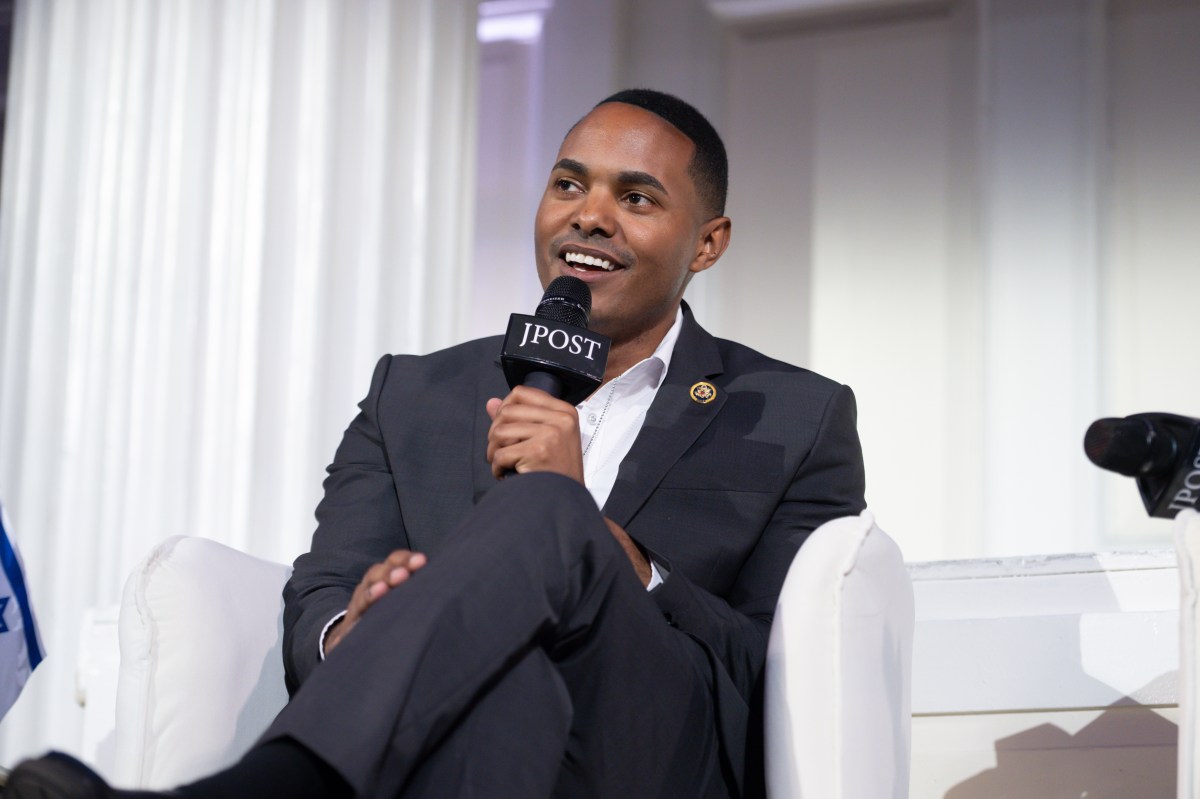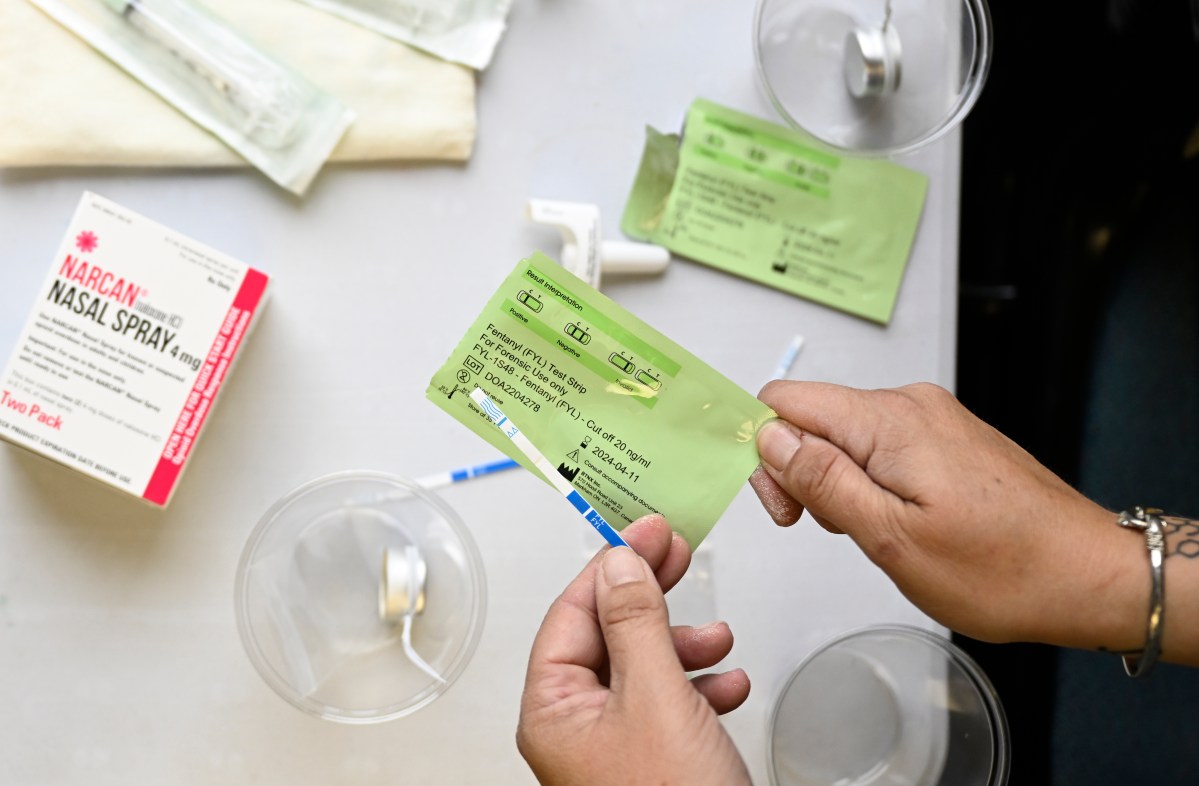NEW YORK/BOSTON (Reuters) – U.S. President Donald Trump’s directive on Friday to begin the process of eliminating special treatment for Hong Kong is likely to put China-U.S. tensions back in the headlines over the coming months, creating a new driver of volatility in global equity markets.
Some investors said Trump’s move firmly brings back to the fore an issue that had receded earlier this year when Washington and Beijing struck a Phase 1 deal in their months-long battle over trade terms.
The trade war, which began in earnest in the spring of 2018, had been a constant source of volatility for global markets, as a steady drip of headlines whiplashed investors. The Phase 1 deal helped push the S&P 500 to all-time highs earlier in the year, until coronavirus hit. Since then COVID-19 has been the primary driver of investor sentiment.
While tension between the world’s two largest economies started to re-emerge over the past month as the United States blamed China for the spread of the virus, Trump’s move now could mark the beginning of a new round of escalation. Investors said it is likely to lead to volatility as the administration looks to eliminate a range of policy agreements, from extradition to export controls, and threatens new sanctions.
“What Hong Kong represents is longer than a one-day or one-year issue,” said Jim Paulsen, chief investment strategist at the Leuthold Group. Paulsen said he believes that geopolitical tensions are likely to hang over markets over the longer term.
A re-emergence of U.S.-China tensions would add to serious risks that already hang over the market. Paulsen and other investors said markets remain focused on the trajectory of the coronavirus pandemic and potential signs of a U.S. recovery.
Some investors also said U.S. and international protests in recent days after the death of an unarmed black man in Minneapolis in police custody last week, could further dent sentiment and particularly hurt retailers and small businesses.
Investors have grown increasingly nervous that the U.S. stock rally over the past two months has become disconnected from the economic devastation wrought by nationwide lockdowns. The S&P is up more than 35% from its March lows, even as key metrics such as unemployment and gross domestic product have flashed their worst readings since the Great Depression.
MARKET RISK
The rally slowed in May as investors assessed how the virus would behave and how the global economy would recover, as countries started to loosen restrictions. A serious rupture between Washington and Beijing now could throw a wildcard in that assessment.
Erin Browne, a portfolio manager at Pimco, the massive bond fund, said strains in the U.S.-China relationship is “one of the primary market risks” into the second half of 2020. She said she is hedging her portfolio accordingly.
Browne said the tensions may weigh on the Phase 1 trade deal. “While a repeal of the Phase 1 trade deal between the U.S.-China would hurt market sentiment into an important election year for President Trump, the risks of that happening are escalating,” she said.
Indeed, late last month White House economic adviser Larry Kudlow said Trump was so “miffed” with Beijing over the novel coronavirus and other matters that the U.S.-China trade deal is not as important to him as it once was.
ELECTION POLITICS
Trump’s tough rhetoric against China comes in the midst of a 2020 re-election campaign in which opinion polls show U.S. voters increasingly embittered toward Beijing, especially over the novel coronavirus.
Others said the looming U.S. presidential election means Trump will tread carefully to prevent a wider rupture.
“Trump was in between a rock and a hard place, because it’s very popular right now to be down on China … particularly with his base,” said Lou Brien, market strategist at DRW Trading. “On the other hand to have come out with harsher penalties or sanctions would risk the stock market.”
(Additional reporting by Karen Brettell; Writing by Ira Iosebashvili; Editing by Megan Davies and Daniel Wallis)





















